An excellent alternative to the Inca Trail, the Lares Trek takes you through peaceful valleys, traditional Andean villages and the beautiful lands of the Sacred Valley. Unlike the more popular Inca Trail, it's quieter and gives trekkers the chance to connect with the local culture, passing through remote Quechua-speaking communities for an authentic experience with the Andean people. Known for its spectacular mountain views, clear lakes and natural hot springs, this trek is an immersive journey into the heart of Peru's cultural heritage.
Starting in the Sacred Valley near the town of Lares, you reach Ollantaytambo to take the train to Aguas Calientes for your visit to Machu Picchu. At over 4,400 metres, this is a challenging but rewarding trek with unique views of the Andes. For those wishing to visit Cusco and the Sacred Valley region, Bookatrekking.com has put together the Lares Trek adventure for an unforgettable Andean and Inca experience.



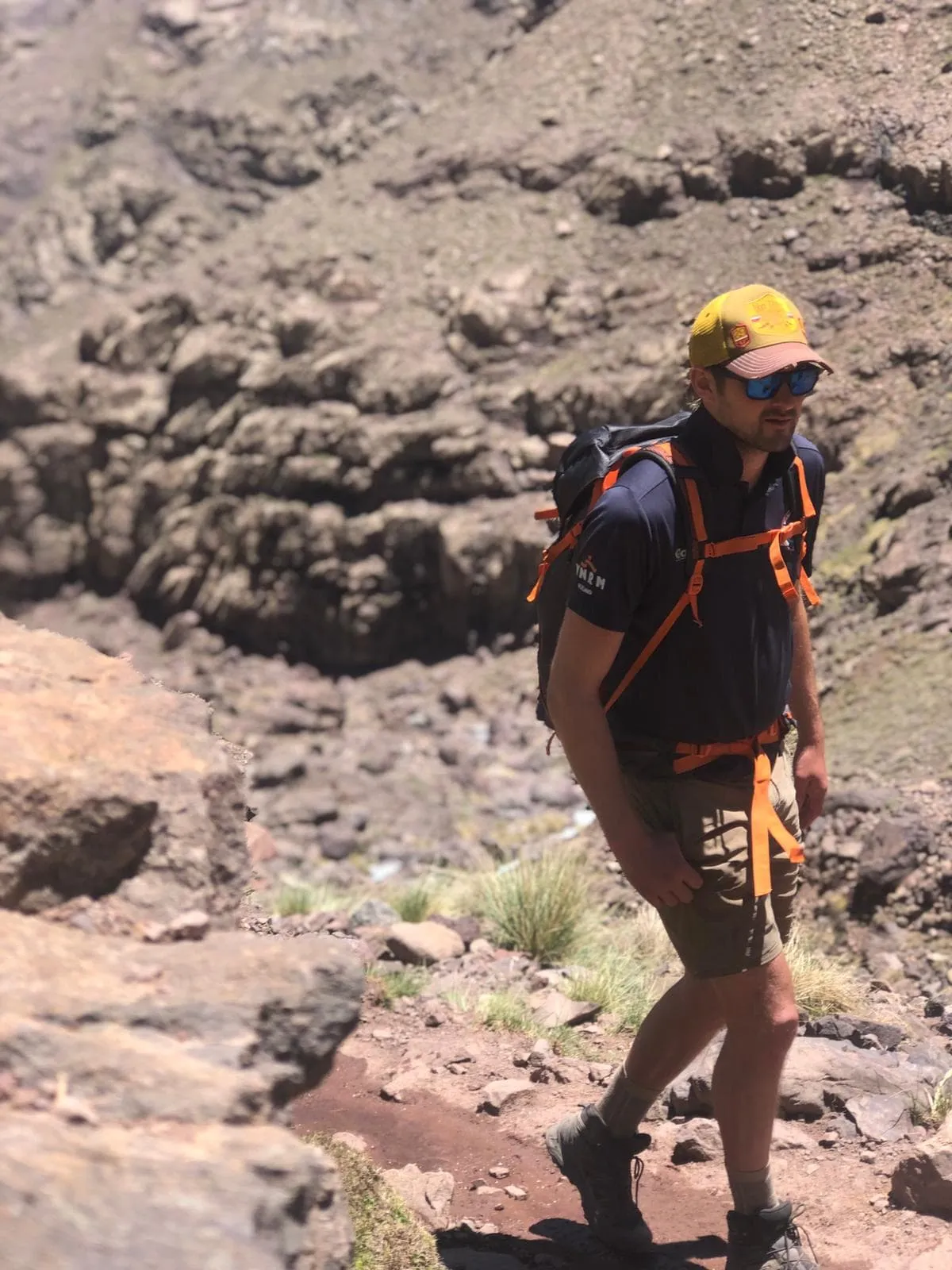
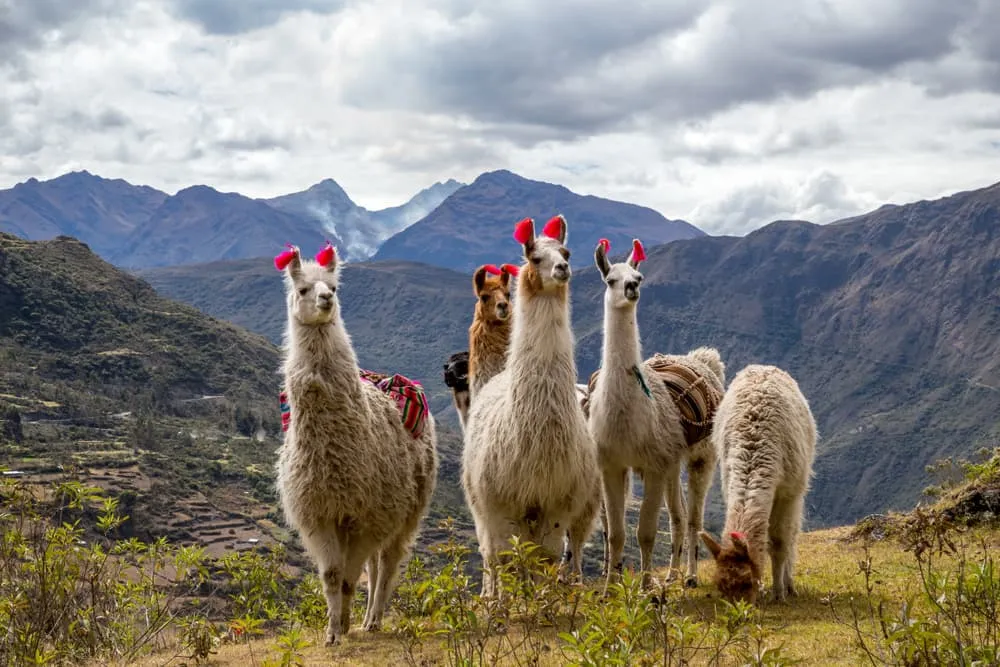
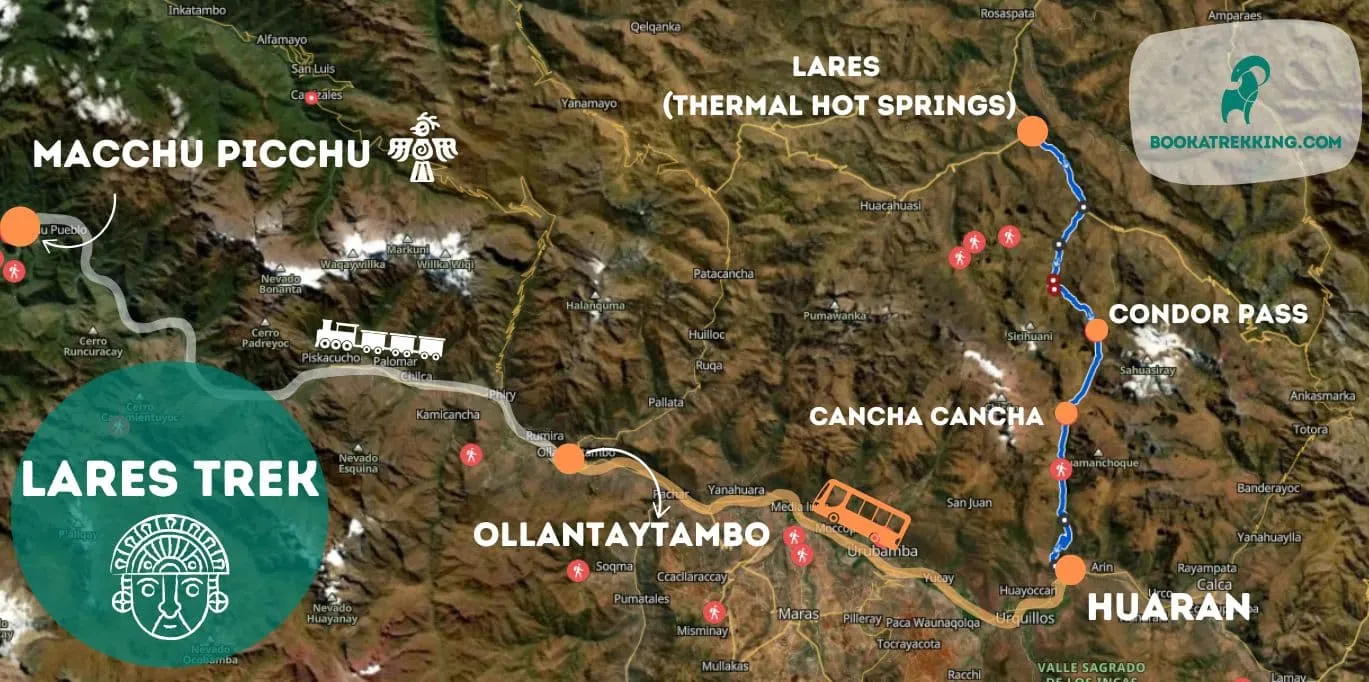
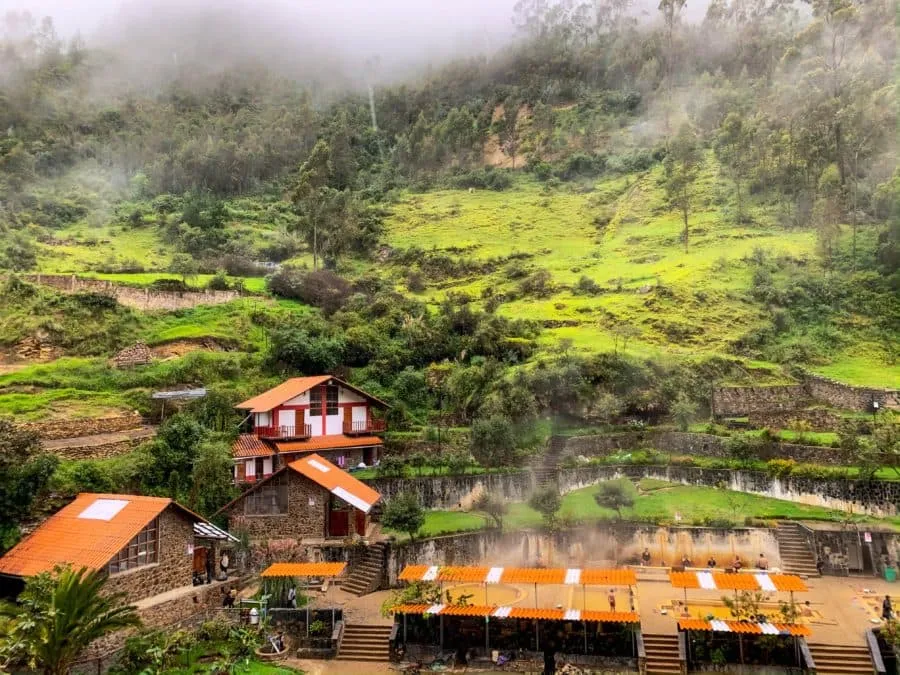
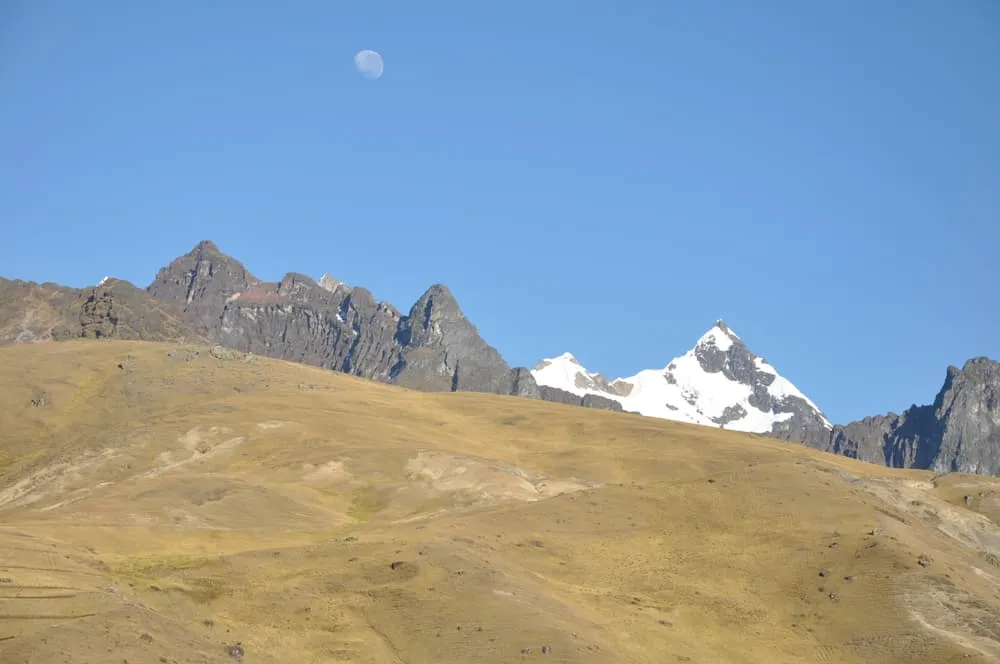
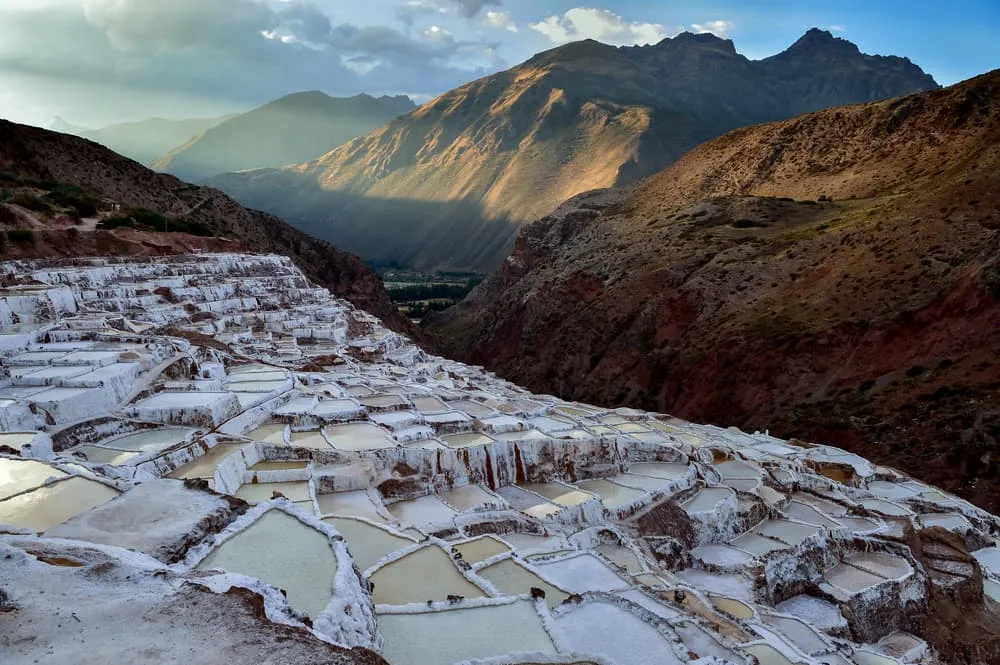
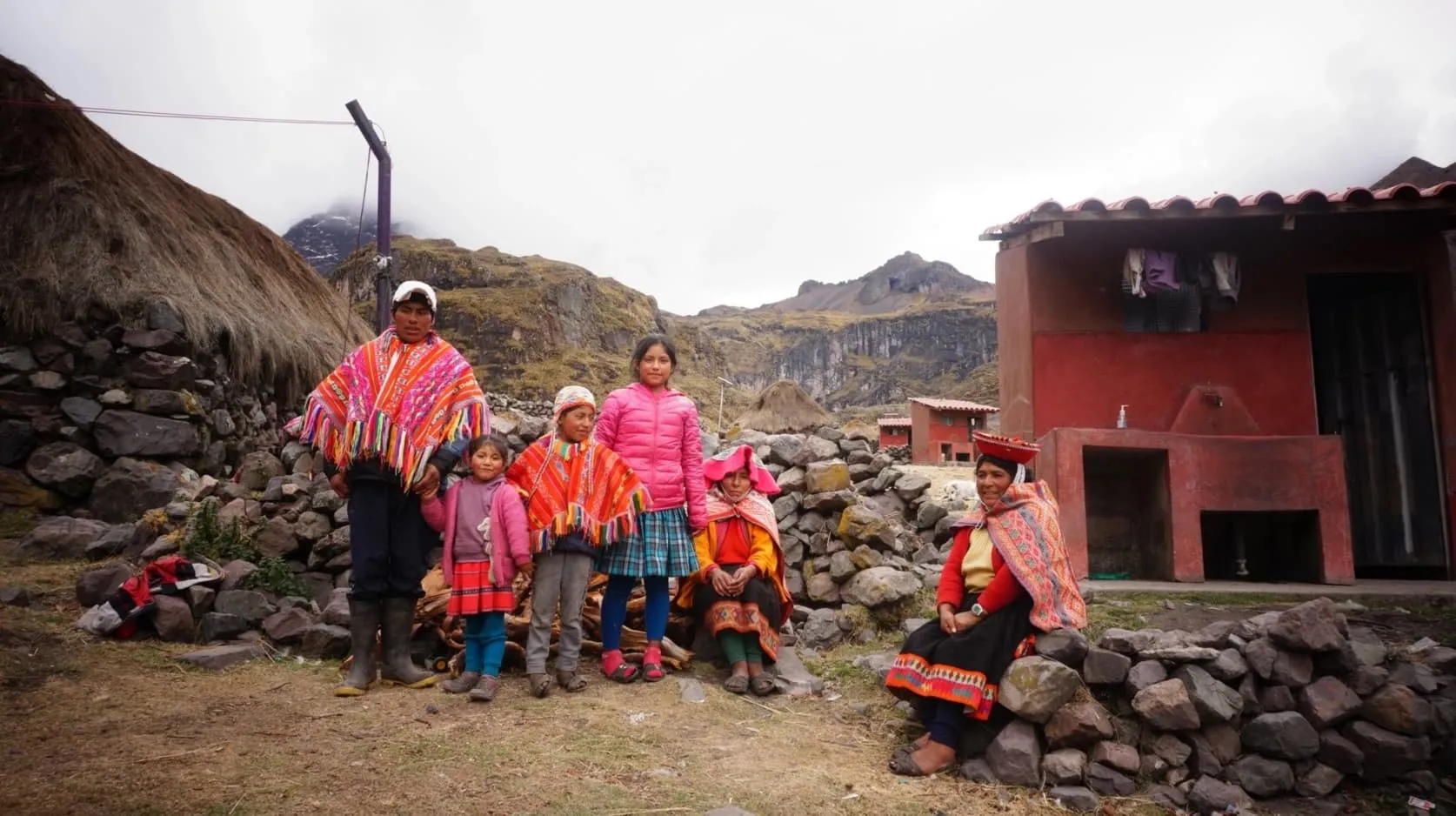
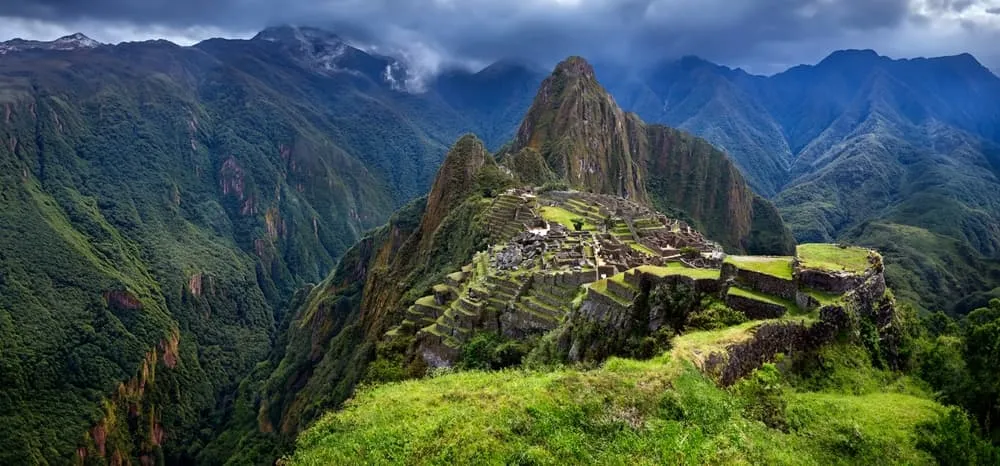
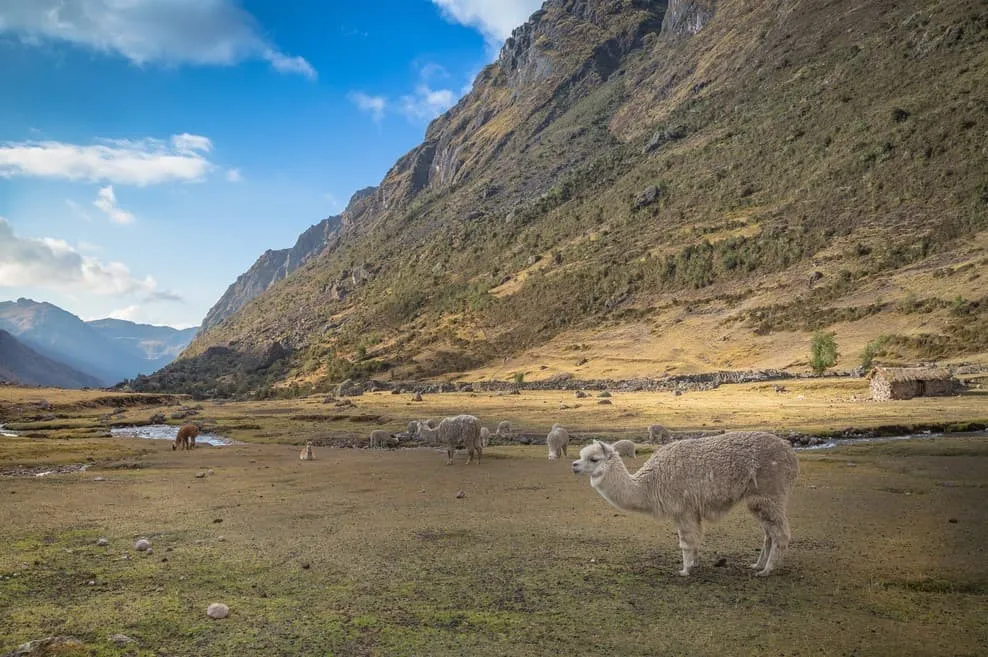
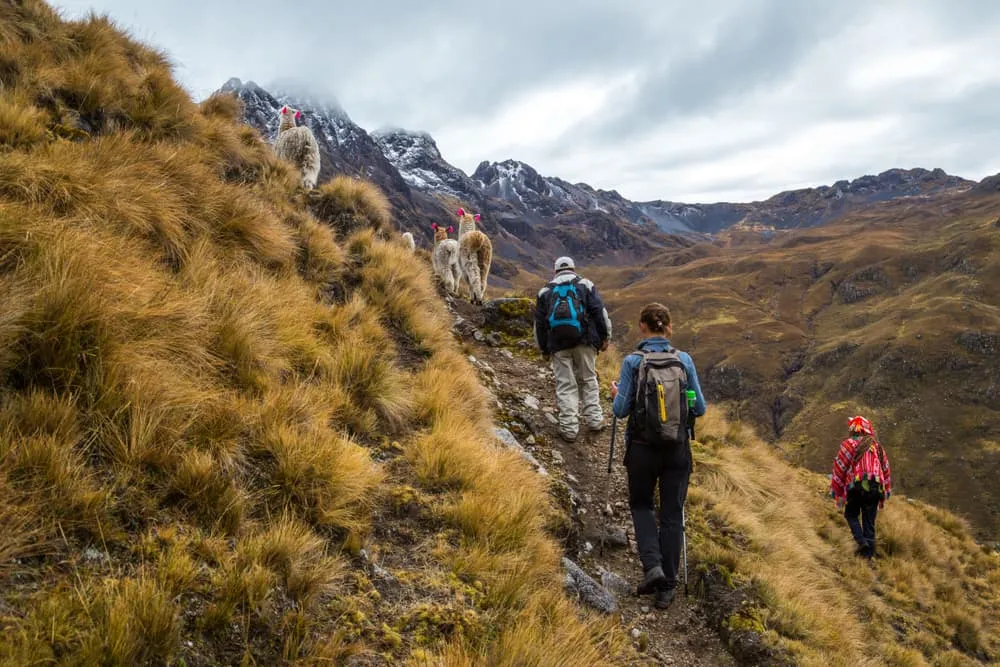

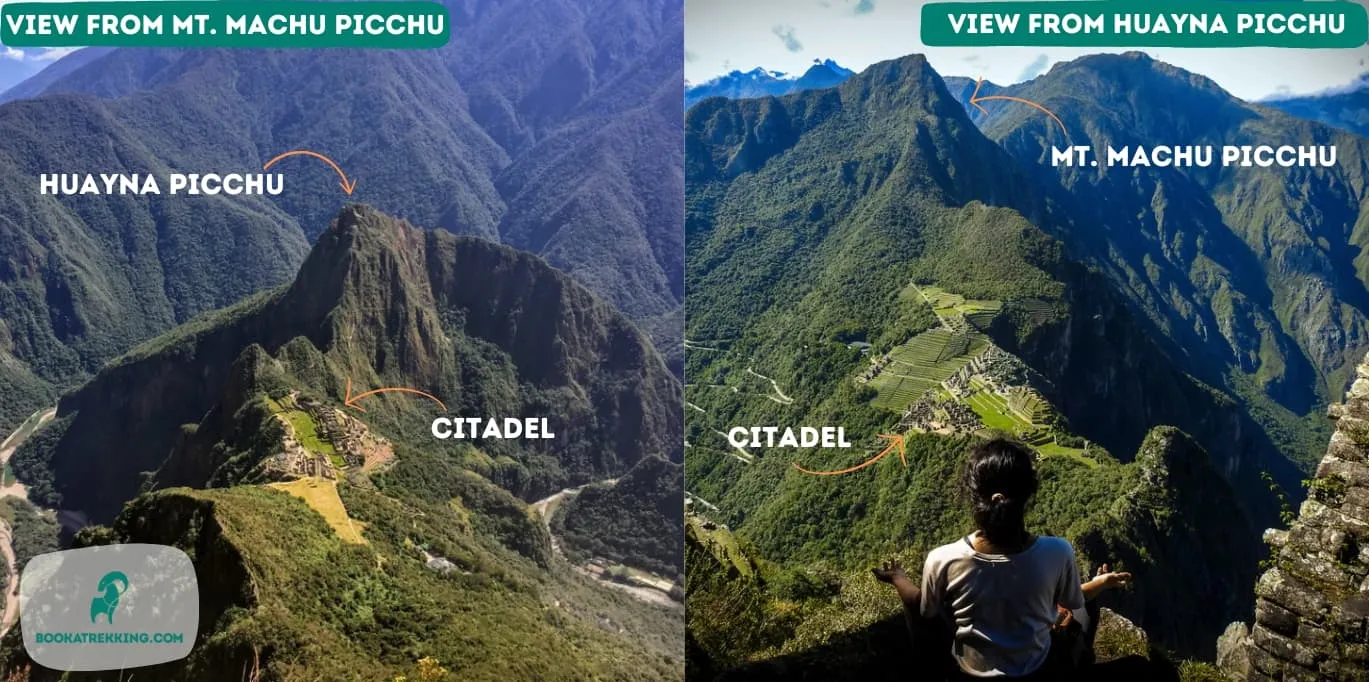
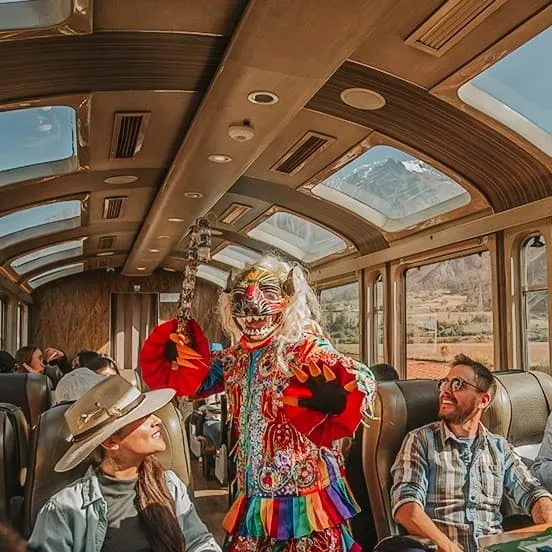
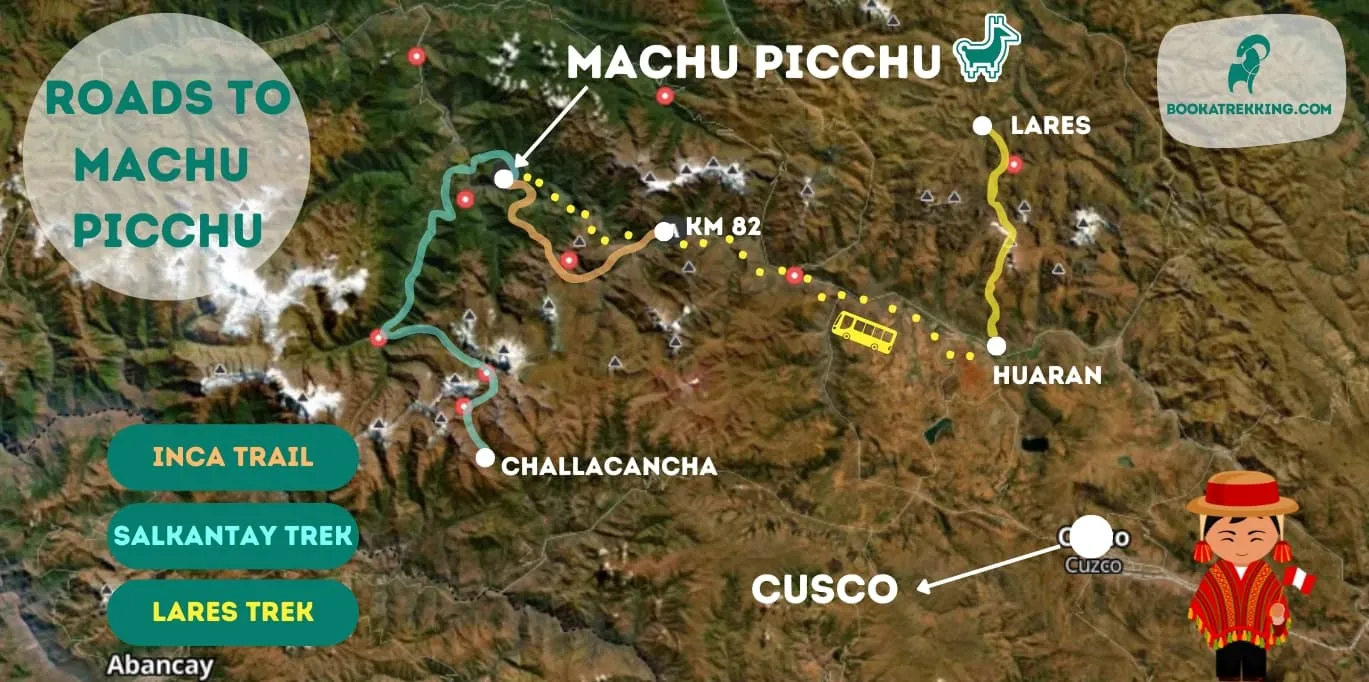


Comments